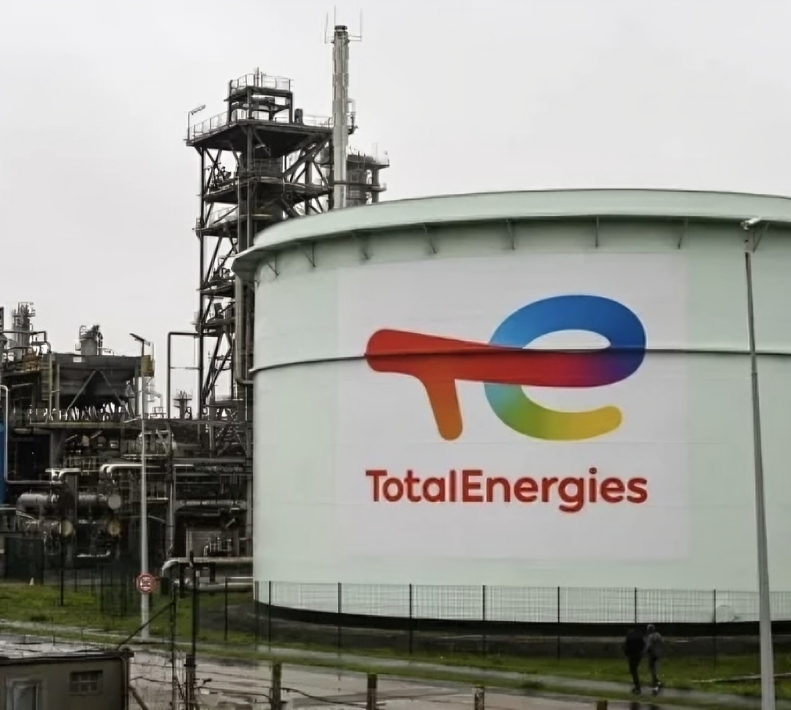KEY POINTS
- TotalEnergies expects global oil demand to peak post-2030.
- Population growth and energy access are driving demand.
- IEA forecasts 50% electric vehicle sales by 2030.
TotalEnergies, a French oil and gas conglomerate, has predicted that the world’s oil demand won’t peak until around 2030.
Global energy demand driven by population growth
It attributes this to a number of factors, including slow power infrastructure improvements, population increase, and poor sales of electric vehicles (EVs). The company’s overall perspective on global energy developments includes this prediction.
“In the so-called ‘global south,’ there are about 4.5 billion people who do not have adequate access to energy,” stated Aurelien Hamelle, Director of Sustainability and Strategy at TotalEnergies, at a press announcement. “To lift these populations out of energy poverty, you would need to multiply current energy production by four, plus the anticipated population growth by 2050.”
TotalEnergies’ assessment of oil demand differs from other international energy agencies’ more cautious forecasts. The International Energy Agency (IEA), for example, recently predicted that the demand for oil and all other fossil fuels will cease to increase globally this decade. The IEA predicts that although oil and LNG supply will continue to increase in the near future, demand will likely level out as renewable energy sources become more prevalent in the world’s energy mix.
IEA Executive Director Fatih Birol stressed that customers may benefit from this change. “The world is set to enter a new energy market context in the second half of this decade, as the underlying market balances for oil and gas begin to ease,” Birol stated in a telephone interview. “With the increasing role of renewables, we will be entering a period of significant downward pressure on prices, barring major geopolitical conflicts.”
Renewable energy to lower electricity prices globally
The IEA also projects that during the next ten years, the amount of electricity consumed will rise far more quickly than the total amount of energy consumed. By 2030, the organisation predicts that 50% of new cars sold globally will be electric, up from 20% at the present time. The levelized cost of electricity (LCOE) for solar PV with storage in the United States is also predicted by the IEA to drop to $45 per megawatt-hour (MWh) by 2030, which is a considerable reduction from the $70 per MWh cost of producing electricity from natural gas.
According to Oilprice, even though TotalEnergies is still largely optimistic about the demand for oil, it recognises the long-term significance of switching to cleaner energy sources. The business is making significant investments in renewable energy sources and seeking to balance the development of sustainable energy with the production of fossil fuels. But, according to TotalEnergies, the energy requirements of developing nations and the sluggish development of renewable infrastructure will keep driving the world’s oil need after 2030.
These conflicting forecasts underscore the unpredictability of the world’s energy markets as various organisations and businesses evaluate the intricate variables influencing the demand for conventional and renewable energy sources.



